From screen to street: The timeless influence of film costumes on fashion trends
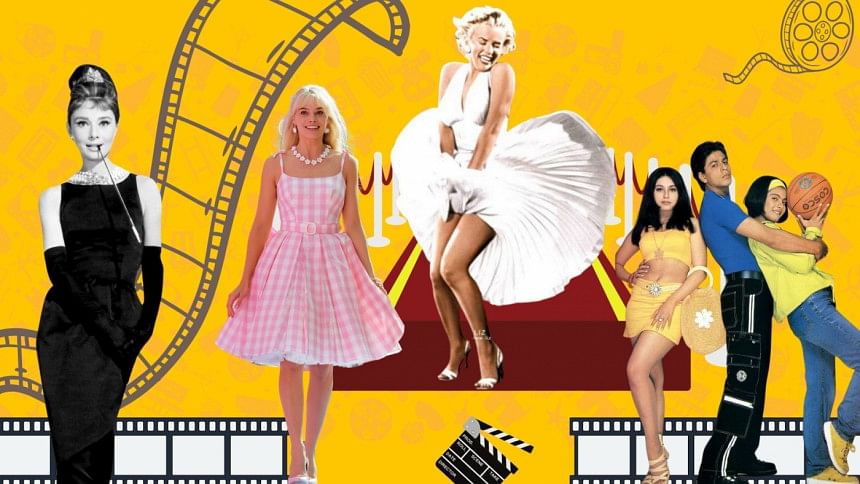
Costumes have always been an intrinsic part of cinema, serving as a visual language that conveys a character's personality, the story's era, or a society's aesthetic. Over the years, the line between onscreen style and real-life fashion has blurred significantly. From Bollywood's exuberant, colourful attire to Hollywood's iconic wardrobes, film costumes have evolved into more than just props—they are cultural milestones, influencing fashion trends worldwide.
Costumes in films serve as a bridge between storytelling and character development. They are carefully chosen to reflect a character's background, personality, and evolution throughout the story. Designers collaborate closely with directors to ensure each outfit aligns with the narrative tone, period, and cultural context.
In the 1930s and 1940s, Hollywood designers like Edith Head and Adrian Adolph Greenburg created costumes that were as central to the plot as the actors who wore them. These costumes did not just stay on screen; they influenced fashion choices in real life, becoming blueprints for style in a rapidly changing world.
One of the most enduring examples is Audrey Hepburn's black dress in "Breakfast at Tiffany's". Designed by Hubert de Givenchy, the dress exemplified elegance, simplicity, and a touch of mystery. This little black dress became an essential wardrobe item, redefined as a fashion staple worldwide. It was more than just a dress—it became a symbol of sophistication, showing that style could be accessible to everyone.

Similarly, Marilyn Monroe's iconic white halter dress in "The Seven Year Itch" captured the world's attention, with her image standing over a subway grate forever immortalised. The halter neckline and pleated skirt of the dress inspired countless similar styles, especially in the 1950s, when cinched waists and billowing skirts became fashionable. Marilyn's dress was instantly associated with femininity and allure, setting the stage for later trends that embraced confident sensuality.
Quite recently, Greta Gerwig's "Barbie", featuring Margot Robbie in an array of vibrant pink outfits, kicked off a Barbiecore trend that exploded across social media and high fashion. Characterised by bright pinks, retro accessories, and playful silhouettes, this style has inspired major fashion houses, with Valentino dedicating an entire collection to pink hues in 2022. Barbie's influence reached all corners of the fashion industry, with retailers and designers incorporating pink in everything from suits to streetwear.

Similarly, HBO's "Euphoria" redefined Gen Z style with bold, glittering makeup and edgy, experimental fashion choices. The show's costumes, designed by Heidi Bivens, inspired a wave of Y2K-inspired fashion, with crop tops, bold colours, and bodycon dresses flooding the market. Characters like Maddy and Jules influenced popular aesthetics, while makeup trends from the show—think rhinestone eyeliners and neon eyeshadow—became part of party looks. Brands from Urban Outfitters to high-end labels like Marc Jacobs began incorporating Euphoria-inspired styles, proving the show's power in making eclectic, high-glam looks more mainstream.
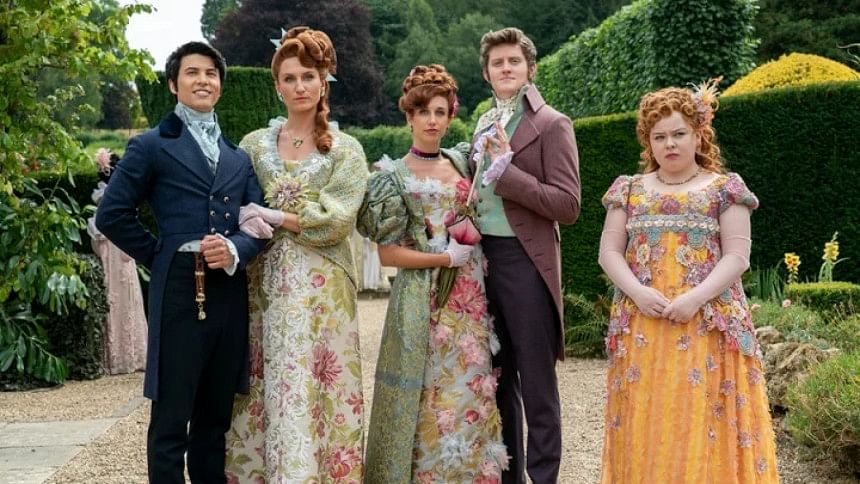
Another show, Netflix's "Bridgerton", has brought Regency-era fashion back into the limelight, sparking trends in empire-waist dresses, puff sleeves, and intricate embroidery. The show's opulent costumes, combined with a romantic, whimsical aesthetic, influenced bridal and spring fashion collections, with brands like Hill House Home popularising "nap dresses" and other Regency-inspired looks. The pastel hues, floral patterns, and dainty gloves seen on screen also drove a trend known as Regencycore, bringing historical fashion into modern wardrobes.
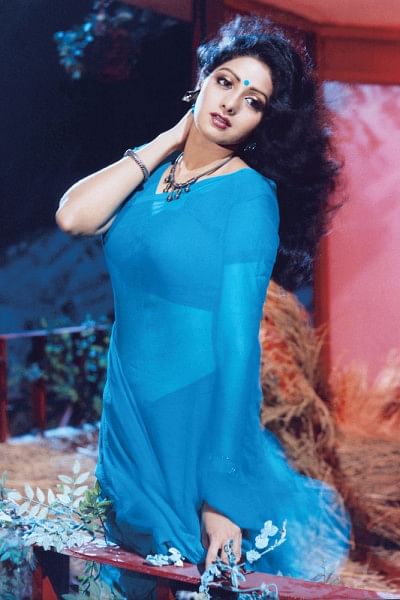
Historically, Bollywood has paralleled fashion's evolution. During the 1980s, the cinema's costumes grew increasingly elaborate, marked by the introduction of Western silhouettes and synthetic fabrics, like chiffon, which redefined Bollywood's sensual appeal. Sridevi's famous blue chiffon saree in "Mr India" (1987) remains an iconic look that exemplifies Bollywood's power to set fashion standards. Bollywood's style cues reach audiences across India, many of whom do not follow international fashion weeks and instead rely on the big screen for sartorial inspiration.
The 1990s, for instance, brought a sportswear boom, popularised by films like "Kuch Kuch Hota Hai" and "Dil To Pagal Hai", making it acceptable as casual attire. This influence continues today, with vintage styles like the Mumtaz sari from the movie "Brahmachari" (1968) being revived for their elegance and uniqueness.
Designers like Manish Malhotra have taken Bollywood fashion to new heights. His costumes for "Om Shanti Om" (2007) and "Kabhi Khushi Kabhie Gham" (2001) brought forth iconic styles that are still emulated in wedding and festival fashion across India. The collaboration between Bollywood and fashion designers has extended to global brands, with Indian fashion now influencing runway shows and international trends.

More recently, Karan Johar's "Rocky Aur Rani Ki Prem Kahani" brought Bollywood glamour back to the big screen, with costumes that struck a balance between high fashion and everyday life. Alia Bhatt's character Rani wore bright chiffon sarees that celebrated Indian craftsmanship, while her co-star Ranveer Singh's bold, experimental style pushed boundaries. The film's outfits inspired fans to adopt larger prints, striking colours, and fusion wear for festive events. Rani's vibrant sarees became a hit on social media, leading to a surge in demand for fusion sarees and Indo-Western looks.
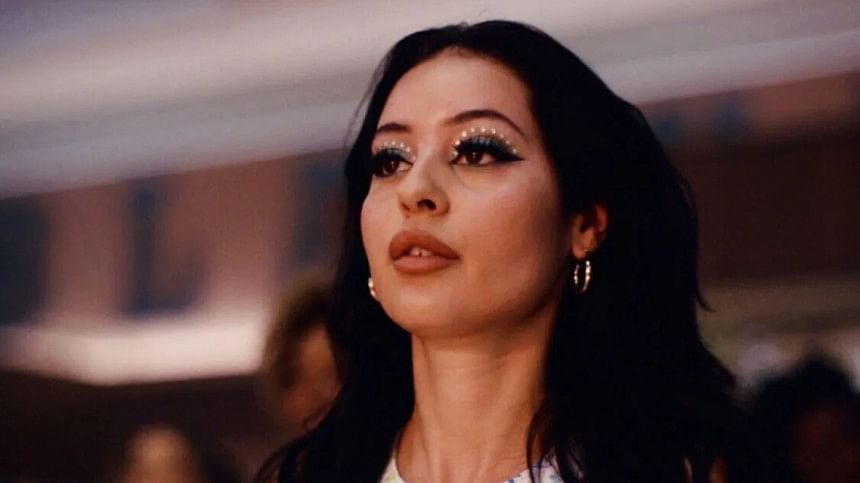
Beyond the big screen, television series on streaming platforms have also made significant contributions to real-world fashion trends. The Spanish series "Money Heist" had a major impact globally, with fans embracing the iconic red jumpsuits and Salvador Dalí masks worn by the characters. This look became symbolic of rebellion and resistance, inspiring real-life protests and becoming a popular Halloween costume worldwide.
The South Korean series "Squid Game" also made an indelible mark on fashion, with the green tracksuits worn by contestants becoming an instant trend. The show's costumes, with their simple designs and distinct colours, inspired a wave of casual, athletic-inspired fashion around the world. Green tracksuits surged in popularity, and the show's pink guard costumes also inspired streetwear brands to incorporate similar colours and styles.
These recurring phenomena highlight how even minimalist costumes could create a global trend, demonstrating the power of streaming platforms in driving fashion.

 For all latest news, follow The Daily Star's Google News channel.
For all latest news, follow The Daily Star's Google News channel. 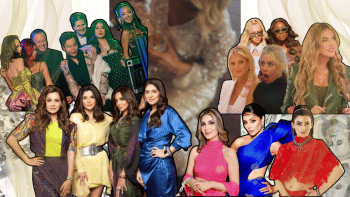


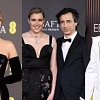
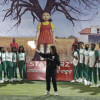
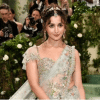



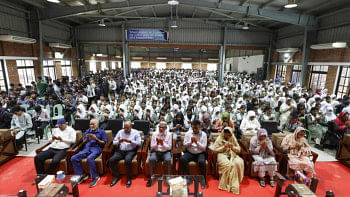
Comments